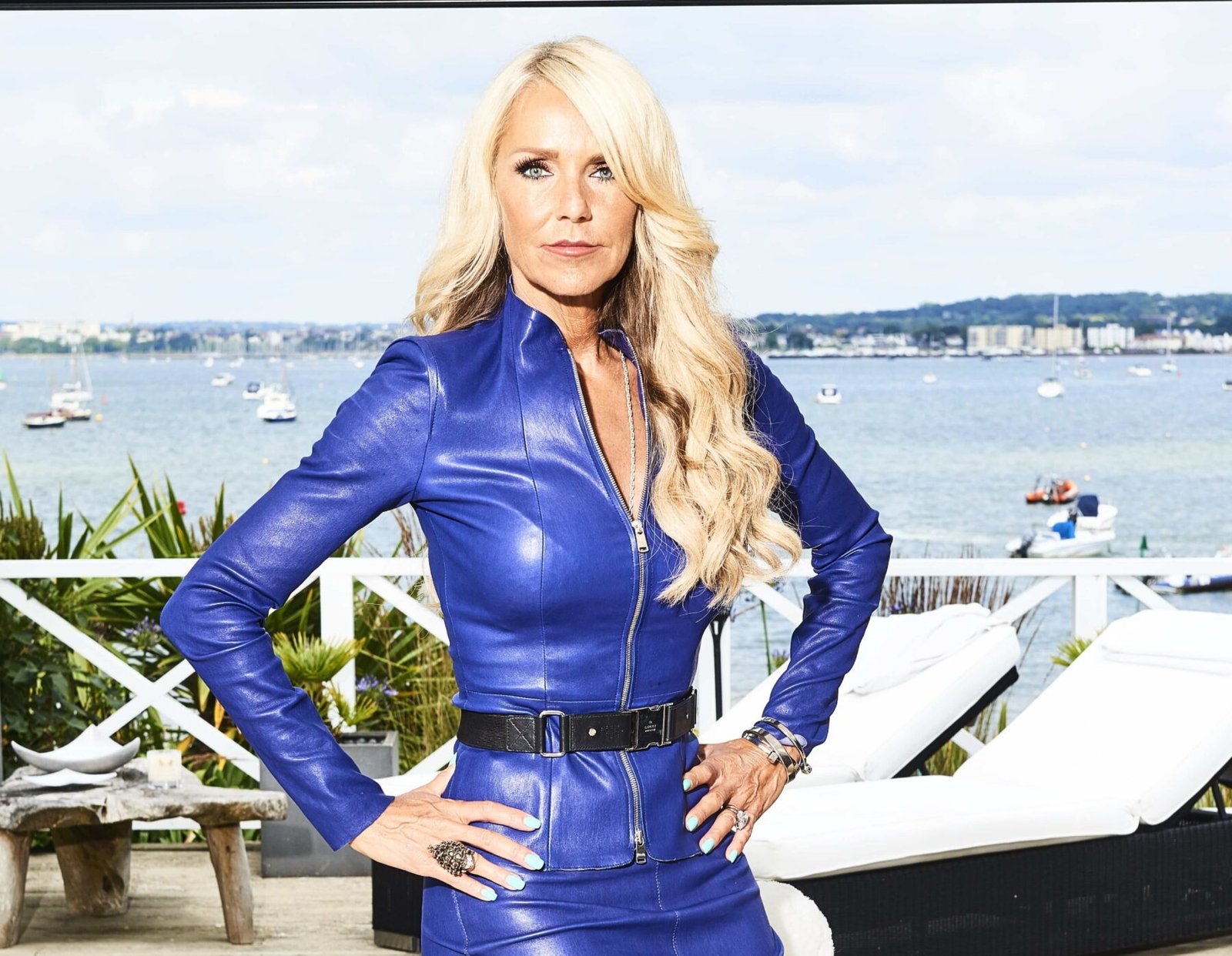Impostor Syndrome and the World of Problems
Would You like a feature Interview?
All Interviews are 100% FREE of Charge
Cathy Ashton addresses countless other crises in her work and details the experience. And what? What was very clear was that she wasn’t in the role of Cozy Brussels.
As opposed to enjoying all sorts of gravy trains, she once flew to Somalia on a freighter to deal with piracy and had to be taken to Mogadishu. outside”.
After the 2010 Haiti earthquake that killed 220,000 people, she remembers flying overhead and saying, “We were told 95 percent were destroyed, but the other 5 percent were never found.” She has visited Syrian refugee camps in Afghanistan, Gaza and Jordan. She stepped into Iraq’s “red zone.”
She “encountered many dictators and murderers,” she writes.
Naturally, there were security concerns to overcome. But there was a bigger concern in her mind. She has imposter syndrome.
“I was always worried that I wasn’t good enough. Always,” she says bluntly. “If you’re playing a new role, there’s nothing to judge yourself for; When they make a movie and the person in the movie doesn’t look like that person to you? I wasn’t the one you imagined.”

In fact, her appointment politely said, “surprise” by the BBC. She did not apply for any of her EU positions, had never held an elected office, and had no foreign policy experience. She admits that her ascension to her foreign affairs role relied heavily on a very precise set of criteria to successfully piece together the EU’s political jigsaw puzzle.
A erroneously published memo in 2011 revealed that even the British government likely didn’t think Ashton was experienced enough for the role before the stars lined up in her favor. I made it. It saidhave sufficient privilegesthe role required a former head of state, prime minister, or minister of foreign affairs.
Euroskeptic newspapers doubted her new role even existed, blaming her early on.
Sunday Times The appointment of this “obscure worker Kwangokrat”Plot and Bangle”. After a few months of working daily mail‘s Andrew Pearce said she “EU laughing stockwhich turned out to be “an even greater disaster than her critics feared.” daily telegraph She even claimed that she was on the verge of quitting after just a few months of work.”After widespread criticism that she failed”. Her team denied this.
Even the British government sometimes stuck knives. She feared that her new EU embassies in capitals around the world would become more influential than the UK, and through her “competence creep” gradually took responsibility from the ambassadors of member states, leaving her of the new Ministry of Foreign Affairsfoolish‘ has requested additional funding in 2011.
Reflecting on her years at the “relentless” job, it’s no wonder Ashton admitted that “hate got to me.” “I was afraid of the press, I was afraid of the news,” she wrote. From her first day, the media were ‘harsh’ to her, ‘obviously unimpressed’ and ‘followed me around the world to ask when she was going to step down’, which led to her ‘unhappiness’. rice field.
Related article
Her first role in the EU was particularly tough. In addition to dealing with national leaders on the highest level of international affairs, she had to establish diplomatic networks for the new “European External Action Service” (EEAS).
“We were responsible for thousands of staff, military and civilian missions, and had to transform the Commission’s delegation into more than 100 EEAS embassies. We stumbled under the weight of trying to build European institutions.” Even the most experienced politicians and civil servants may have had a “struggle” like her.
But she stuck with it and has quietly come to be seen as a huge success.

































